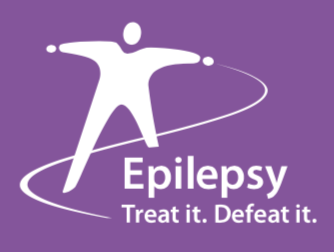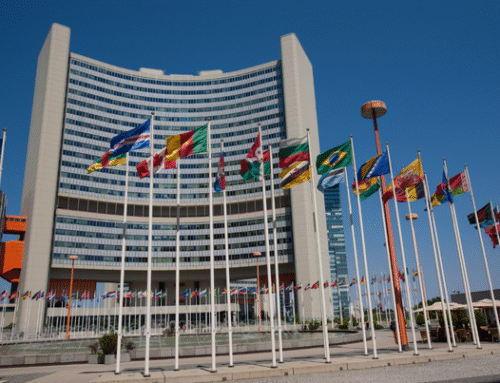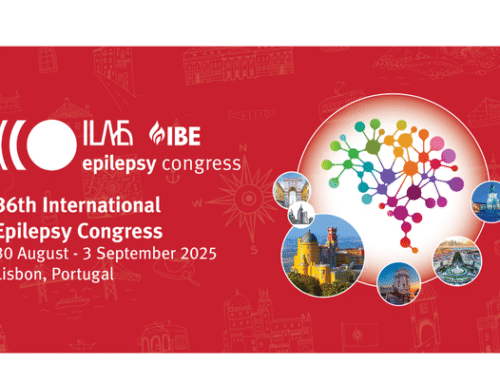EPILEPSY: A public health imperative
 Coming soon: The first global report on epilepsy and an important milestone in translating the World Health Assembly resolution (WHA68.20) on the global burden of epilepsy into action. It is time to highlight epilepsy as a public health priority, to strongly encourage investment in reducing its burden, and to advocate for actions to address gaps in epilepsy knowledge, care and research.
Coming soon: The first global report on epilepsy and an important milestone in translating the World Health Assembly resolution (WHA68.20) on the global burden of epilepsy into action. It is time to highlight epilepsy as a public health priority, to strongly encourage investment in reducing its burden, and to advocate for actions to address gaps in epilepsy knowledge, care and research.
This report is a call for action to ensure that every person with epilepsy has access to the care and treatment they need, and the opportunity to live free from stigma and discrimination in all parts of the world.
The burden
The burden of epilepsy is high and often neglected on public health agendas. Epilepsy is one of the most common neurological diseases, affecting over 50 million people worldwide of all ages living in countries of all income levels. The risk of premature death in people with epilepsy is up to three times higher than in the general population. Roughly half of adults with epilepsy have at least one other health condition. Psychiatric conditions, such as depression and anxiety, make seizures worse and reduce quality of life. Epilepsy has significant economic implications in terms of health care needs and lost productivity at work.
Stigma and discrimination
In all parts of the world, people with epilepsy are the target of discrimination and human rights violations. The stigma of epilepsy can discourage people from seeking treatment and has consequences for quality of life and social inclusion. Improving knowledge and raising awareness of epilepsy in schools, work places, and communities is needed to reduce stigma. Legislation based on internationally-accepted human rights standards can prevent discrimination and rights violations, improve access to health care services, and raise the quality of life for people with epilepsy.
 Prevention
Prevention
An estimated 25% of epilepsy cases are preventable. The major modifiable risk factors for epilepsy are: perinatal insults, central nervous system infections, traumatic brain injury and stroke. Preventing epilepsy is an urgent unmet need. Effective interventions for prevention are available and delivered as part of broader public health responses in maternal and newborn health care, communicable disease control, injury prevention and cardiovascular health.
Addressing the treatment gap
Nearly 80% of people with epilepsy live in low- and middle-income countries. Furthermore, three-quarters of people living with epilepsy in those countries do not get the treatment they need. Yet, up to 70% of people with epilepsy could become seizure-free with appropriate use of cost-effective antiseizure medicines. A significant proportion of the burden of epilepsy could be avoided by scaling-up routine availability of antiseizure medicines, possible at an annual cost of around US$ 5 per person. It is feasible to integrate epilepsy treatment into primary health care – training non-specialist providers, investing in continuous supplies of anti-seizure medicines and strengthening health systems can substantially reduce the epilepsy treatment gap.
 The time to act is now
The time to act is now
Sustained and coordinated action to prioritize epilepsy in public health agendas is required at global, regional and national levels. The World Health Assembly Resolution (WHA68.20) sets the framework for increasing investment in epilepsy. There is a pressing need for increased investment in research and addressing the burden of epilepsy through integration in primary health care, ensuring that all people with epilepsy have access to quality and affordable care.







